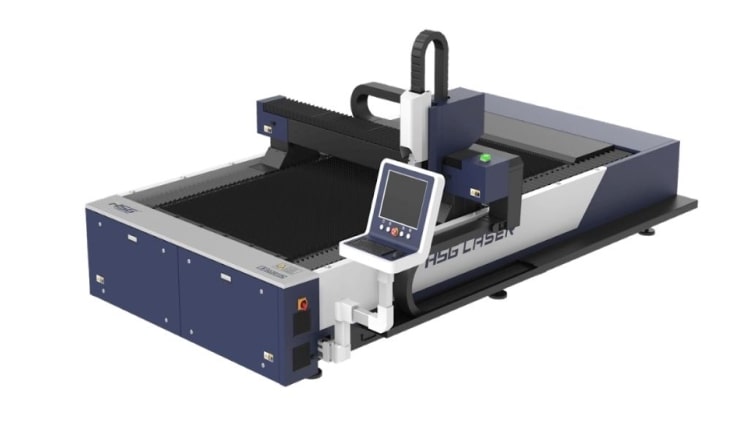Using a Laser Metal Cutter for the First Time
Hardware prices are a big concern for many manufacturers. Consequently, if you want to make an educated selection, you must first comprehend the principles. Purchasing laser cutting equipment is a difficult task. Where do you even begin? Because such gadgets aren’t often bought, many folks aren’t sure where to start. This lesson is helpful for beginners since it illustrates the questions they should ask themselves before purchasing this. You can easily use the metal laser cutter to get benefits.
The history of laser cutting technology
The great majority of enterprises have promptly adopted fiber laser cutting technology since its debut in the metal sector in 2008. Carbon dioxide laser cutting, which has long been the industry standard, is still used in specific applications. CO2 lasers, on the other hand, account for a relatively small portion of the laser technology accessible today. Purchasing industrial metal laser cutting equipment is a significant financial investment for many organizations. In addition to the cost of the equipment, it has a significant impact on the whole production process. If you pick the wrong CNC metal laser cutter, you will be stuck with it for a long time. A laser machine has been in use for most businesses for seven to ten years on average.
Isn’t a metal laser cutter precisely what it sounds like?
The laser beam melts the substance to be cut through a thermal process. Following that, the waste is removed by the assist gas. Precision and cleanliness of the cut edge are two of its most distinguishing features, both of which contribute to its widespread use.
Metal laser cutters are capable of cutting a broad range of materials.
Using metal laser technology, any metallic substance may be cut. Consequently, it is often used in the industrial sector to create various plate forms. It may also be cut effectively and efficiently using this technique. By modifying the laser type and power, this approach may be used to a wide variety of materials and thicknesses.
Metal Laser Cutting
As previously mentioned, CNC metal laser cutters may be utilized to make metal plates. Carbon steels have a maximum thickness of 25 mm, while stainless steels have a maximum thickness of 15 mm. On the other hand, aluminium alloys may be cut to a thickness of 10 mm per sheet, making them simpler to deal with. This procedure may also help brass, titanium, and their various alloys.
Laser Cutting of Other Materials
With the proper setup, laser cutting may be utilized on a wide variety of materials, including Plexiglas’s and fabrics. Among other materials, laser cutting may be used to cut wood, plastic, and ceramics.
Various Laser Cutting Techniques
It is feasible to cut using a laser that uses combustion or fusion. The presence of oxygen is a specific property of that combustion. When this gas comes into touch with the material’s molecules, it creates energy comparable to a laser. Following laser melting of the metal, an inert gas is used to remove the resultant metal deposits. It is known as “infusion cutting.”
Purchasing a Laser Metal Cutter is a problematic procedure.
No, I’m not sure where to begin. Is your laser cutting machine brand new, or have you had it for a while? You’ll want to apply the knowledge in this manual to take your manufacturing abilities to the next level. To get excellent work, use metal cutting machines.
Here are my concluding comments on the subject.
This approach can improve cutting accuracy, reduce temperature exposure, and eliminate mechanical processing faults.

